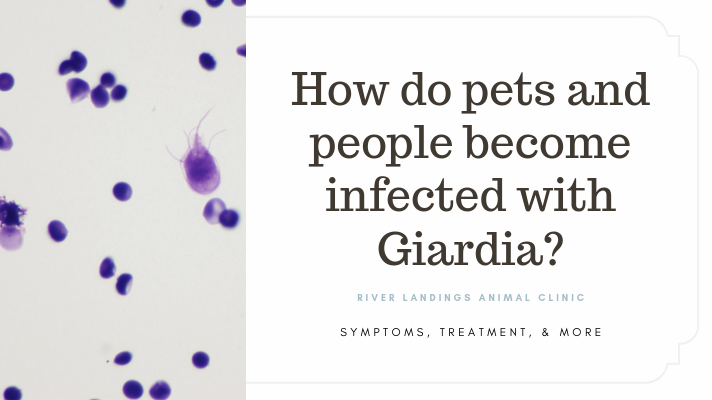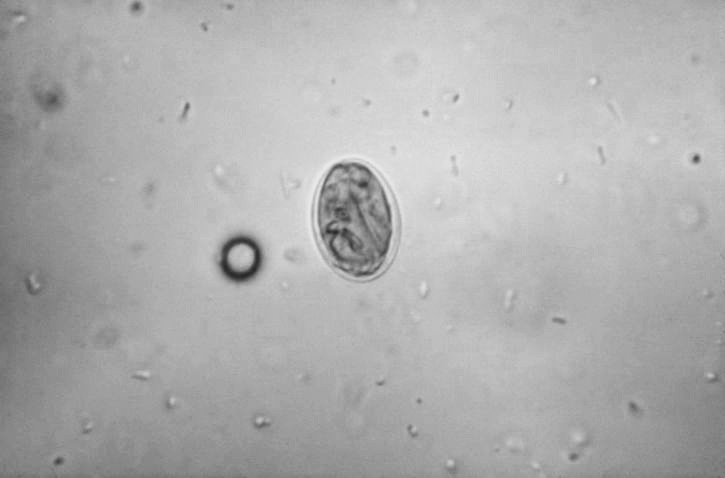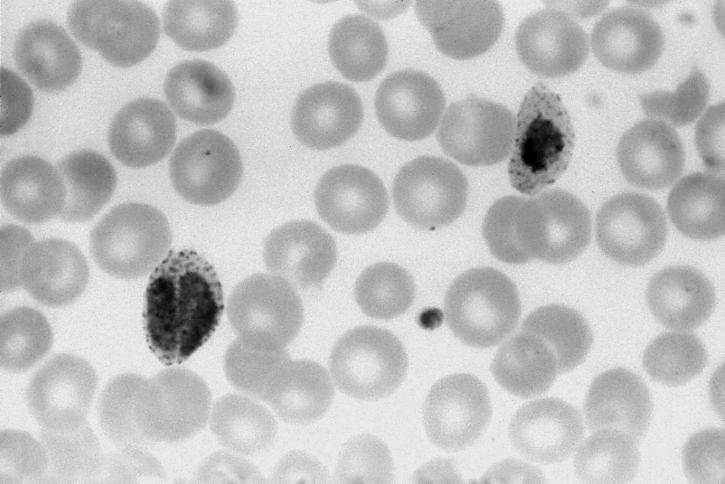Did you know:
Giardia is a tiny parasite that lives in the intestines of various animals.
Giardia is passed in the feces of animals in the form of a cyst that is resistant to many environmental extremes. These cysts are scattered through the environment in feces or fecal-contaminated water. These cysts are infectious when passed, and upon ingestion by the next host, the encysted trophozoites emerge from the cysts in the intestinal tract. Within the intestine, the trophozoites feed and multiply. Some trophozoites will then form a cyst wall around themselves, and those cysts will be passed in the feces to continue the cycle.
How Do Dogs, Cats, and People Become Infected?
People and pets rarely share each other’s Giardia.
People are typically infected with a human form of Giardia, dogs with a canine form, cats with a feline form, and cattle and sheep with a ruminant form. People are occasionally infected with a different form that is shared with animals. On rare occasions, dogs and cats have been found infected with the human form. Thus, there is little evidence for direct transmission from pet dogs and cats to people. However, the rare occurrence of the human forms in cats and dogs means that there may be a slight chance that they pose a risk as a source of human infection. To be able to distinguish the specific forms, a veterinarian is required to submit samples for specialized tests.
Symptoms of Infection with Giardia
In dogs and cats, infection with Giardia is usually asymptomatic. Some pets will, however, develop persistent diarrhea. There is usually no blood in the stool.
In people, infection with Giardia is also often asymptomatic. However, some people can develop acute, intermittent, or chronic non-bloody diarrhea. Other symptoms in people include abdominal cramping, nausea, vomiting, loss of appetite, and weight loss.
Prevention and Treatment
Unlike for heartworm disease, there are no drugs that can be routinely given to a pet that will prevent infection.
Dogs, cats, and people that have symptoms of the infection can be treated; however, there are situations where it is difficult to clear an animal of their infections.
There are approved drugs for treating the infection in people. These drugs have not been approved for this specific use in dogs and cats, but these and similar drugs are used in them.
Risk Factors for Human Infection
Accidentally swallowing Giardia cysts from surfaces contaminated with feces, such as bathroom fixtures, changing tables, diaper pails, or toys contaminated with feces.
Drinking water from contaminated sources (e.g., lakes, streams, shallow [less than 50 feet] or poorly maintained wells).
Swallowing recreational water contaminated with cysts. Recreational water includes water in swimming pools, water parks, hot tubs or spas, fountains, lakes, rivers, springs, ponds, or streams that can be contaminated with feces or sewage.
Eating contaminated uncooked, fresh produce.
Having contact with someone who is infected with Giardiasis.
Changing diapers of children with Giardiasis
Traveling to countries where Giardiasis is common and being exposed to the parasite as described above.
Hear From Us Again
Don't forget to subscribe to our email newsletter for more recipes, articles, and clinic updates delivered straight to your e-mail inbox.
Related Categories:
*We will never share your information. First and Last names are so we can see if you are a client with us!



